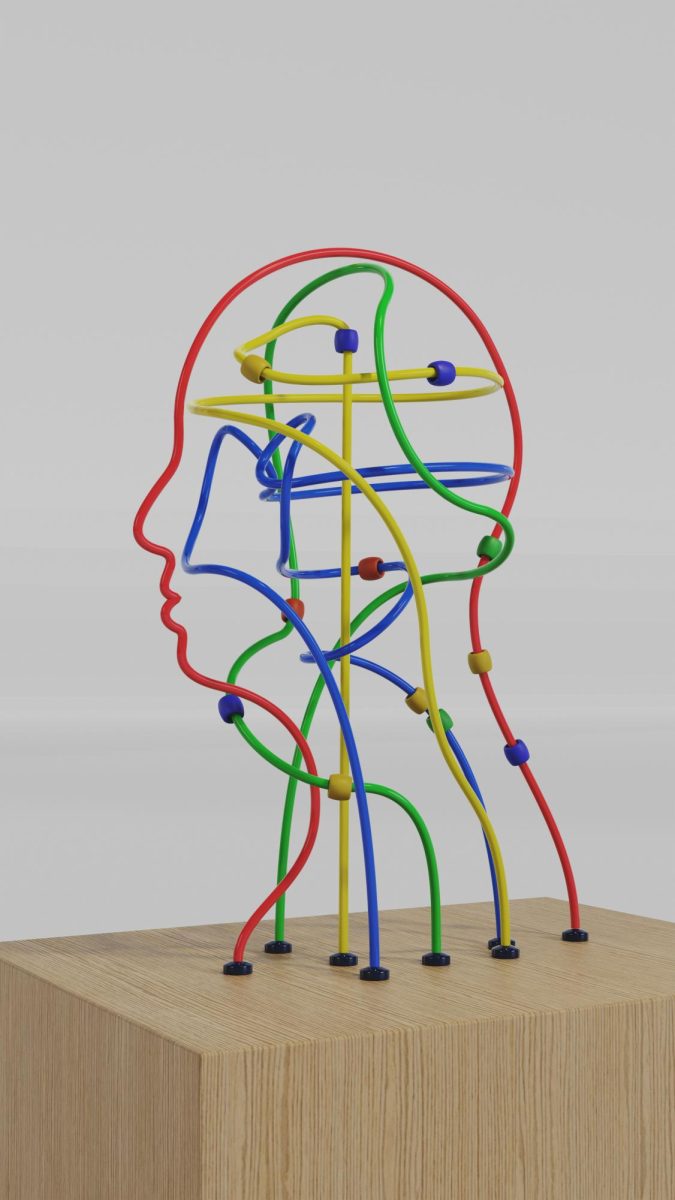People on social media spreading awareness on Attention-Deficit Hyperactivity Disorder, also called ADHD, has increased. However, social media isn’t the most reliable source of information on disorders. They may get some of the information right, but there’s also quite a few false assumptions. Some people online trying to spread awareness also only rely on their own personal experience, but the experience is different for everyone. With so much information online, it can be difficult to separate what is factual and what is not. The National Institute of Mental Health (which operates under NIH) defines ADHD as a developmental disorder characterized by an ongoing pattern of symptoms such as inattention, hyperactivity, and impulsivity.
Social media says that it’s a childhood disorder and those with ADHD can grow out of it. While it’s true that it used to be considered a childhood disorder, research and terminology has evolved over the years and it’s now considered a life span disorder, which, as the name suggests, is a disorder that begins at a young age and persists across a significant portion of a person’s life. Most people are diagnosed at a young age, although over time some symptoms can decrease or even disappear. According to Cleveland Clinic, pediatric behavioral health specialist Michael Manos explains that when children diagnosed become adults, they may: “No longer experience symptoms that interfere with daily living, have symptoms but can more easily manage them [or] live with challenging symptoms their entire life.” The point is, although the symptoms may not be as prominent when they become an adult, the actual disorder never goes away.
Another misconception thrown around is that adults can manifest symptoms of the disorder. It is true that many adults get the diagnosis as an adult, however they didn’t just develop it. Those who are showing symptoms had it their whole life. It’s more likely that they masked, or hid their symptoms either consciously or unconsciously, for a good portion of their life and are unmasking. One of the requirements to getting an ADHD diagnosis is having experienced symptoms before age 12, even if they might not be obvious to anybody else. According to Manos, as life becomes increasingly difficult as an adult, they are no longer able to mask. Adults can have ADHD, they just can’t develop it as an adult.
An additional fallacy is that all individuals with ADHD are hyperactive. Despite the name, not all people with this disorder are. There are two types: hyperactive-impulsive and inattentive. According to the Child Mind Institute, “If a child has the hyperactive-impulsive presentation, their symptoms include being fidgety and extremely active, as if they’re driven by a motor. They, [the child with hyperactive-impulsive ADHD], also include impulsive behavior –– not thinking before they act. Excessive talking and interrupting, extreme impatience, and trouble playing quietly are all examples of this presentation.” This description is what many people might think of when they hear the term ADHD. However, there is also the inattentive presentation. As of June 30, 2025, The Child Mind Institute says, “Children in this group get easily distracted and have difficulty focusing on things that require sustained effort, like homework. Other executive functioning difficulties, like forgetfulness and trouble with organization, also fall under this presentation. Hyperactivity is not a symptom here.” People with it can have the hyperactive-impulsive presentation, the inattentive presentation or the combined presentation where there’s symptoms of both. Hyperactivity also doesn’t immediately mean someone has a diagnosis, as it’s a common symptom for other disorders too. For example, according to the NIH, “ADHD often co-occurs with other disorders and conditions, such as conduct problems, learning disorders, sleep problems, anxiety, or depression, which can make the conditions harder to diagnose and treat.” ADHD is often a common misdiagnosis because of hyperactivity.
Furthermore, some people believe that ADHD is just a matter of being lazy or unfocused. According to Psychology Today, “Laziness is defined as being unwilling to work or to exert effort. When someone lives with attention-deficit/hyperactivity disorder (ADHD), they often get assigned this label because they miss deadlines, avoid chores, or struggle to get started on tasks.” Studies show that neurodivergent (different minded) individuals have difficulties switching tasks and planning or organizing can also be a struggle. Eventually, not getting stuff done and consistent reminders can create feelings of fatigue or anxiety, which results in what is called ADHD paralysis or executive dysfunction. As of May 20, 2025, Psychology Today describes this feeling. “From the outside, it can look like laziness to the untrained eye, but internally, your brain is constantly telling you to move, but your body doesn’t respond. The result is not, like with laziness, that work doesn’t get done, but [you] get to relax. Instead, what happens is that work doesn’t get done, and [you] don’t get to relax.” Laziness is different from ADHD paralysis, however from the view of others this paralysis can look like it.
The final myth is that this disorder isn’t an actual medical condition and it’s overdiagnosed. Manos says that there’s no lab test to confirm the diagnosis, so many people have a difficult time believing it’s real. However, there are gene studies indicating that it is a genetic condition. Research taken from the Lancet Psychiatry found differences in brain size of kids with ADHD and kids without it. “The children with ADHD had smaller brains, with noticeable size differences in the parts of the brain associated with emotional control, self-control, memory and learning.” As for it being overdiagnosed, Manos believes that the “overdiagnosis” part is an increased awareness and recognition of symptoms. “If anything, kids are being undertreated and possibly misdiagnosed.” ADHD is in fact a real medical condition and it’s not so much overdiagnosed as it is a misdiagnosis.





